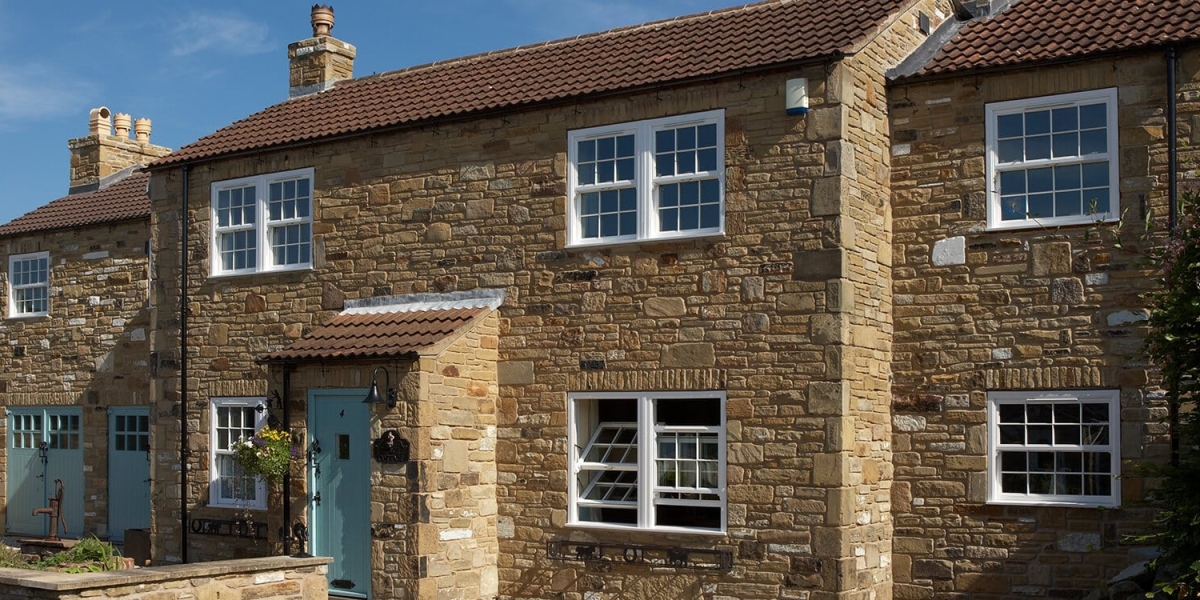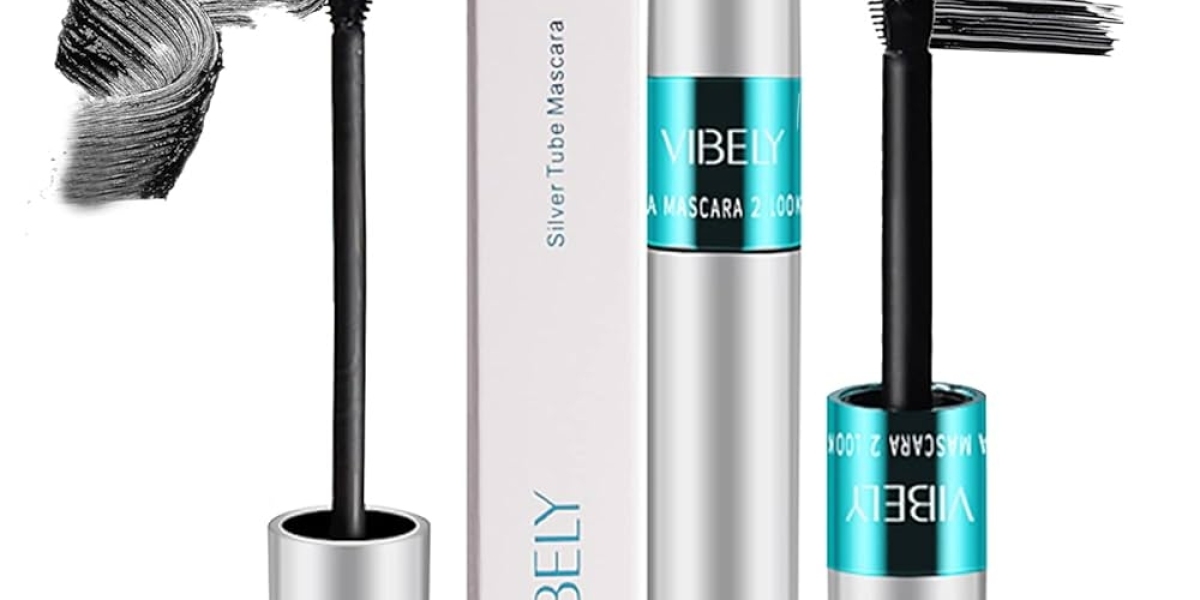
UPVC (Unplasticized Polyvinyl Chloride) windows have gained significant popularity in the construction and renovation industries due to their durability, energy efficiency, and low maintenance requirements. This report aims to provide an in-depth analysis of UPVC windows, discussing their features, advantages, applications, and potential drawbacks.
1. Introduction to UPVC Windows
UPVC is a rigid form of PVC that does not contain plasticizers, making it more stable and durable for construction applications. UPVC windows are manufactured using a mixture of PVC resin and additives, which enhance their performance characteristics. These windows are widely used in residential and commercial buildings, thanks to their ability to withstand various weather conditions and their aesthetic appeal.
2. Features of UPVC Windows
UPVC windows are characterized by several key features:
2.1. Durability
UPVC windows are resistant to rot, corrosion, and fading, which makes them suitable for various climates. Unlike wooden windows, they do not warp or crack over time, ensuring a longer lifespan.
2.2. Energy Efficiency
UPVC windows provide excellent thermal insulation, which helps to maintain indoor temperatures and reduce energy consumption. They are often fitted with double or triple glazing, further enhancing their insulating properties.
2.3. Low Maintenance
UPVC windows require minimal maintenance compared to other materials. They do not need to be painted or stained, and cleaning them is as simple as using soap and water.
2.4. Aesthetic Versatility
UPVC windows are available in a variety of styles, colors, and finishes, allowing homeowners and builders to choose designs that complement their architectural preferences.
2.5. Sound Insulation
The structure of UPVC windows provides effective sound insulation, making them an excellent choice for homes located in noisy environments.
3. Advantages of UPVC Windows
The benefits of installing UPVC windows are numerous:
3.1. Cost-Effectiveness
While the initial investment in UPVC windows may be higher than traditional wooden or aluminum options, their longevity and low maintenance costs result in significant savings over time.
3.2. Environmental Impact
UPVC is a recyclable material, and many manufacturers have adopted eco-friendly practices in their production processes. This makes UPVC windows a sustainable choice for environmentally conscious consumers.
3.3. Security
UPVC windows are often equipped with multi-point locking systems, providing enhanced security against break-ins. Their robust construction also makes them difficult to force open.
3.4. Weather Resistance
UPVC windows are designed to withstand extreme weather conditions, including heavy rain, snow, and high winds. This resilience ensures that they maintain their functionality and appearance over time.
3.5. Thermal Performance
The thermal efficiency of UPVC windows contributes to lower heating and cooling costs, making them an attractive option for energy-conscious homeowners.
4. Applications of UPVC Windows
UPVC windows are suitable for a wide range of applications, including:
4.1. Residential Buildings
Homeowners often choose UPVC windows for their durability, energy efficiency, and aesthetic appeal. They are available in various styles, including casement, sliding, and tilt-and-turn windows.
4.2. Commercial Buildings
Businesses benefit from the low maintenance and energy efficiency of UPVC windows, making them ideal for office buildings, retail spaces, and hotels.
4.3. Renovation Projects
UPVC windows can be easily integrated into existing structures, making them a popular choice for renovation projects where homeowners seek to improve energy efficiency and aesthetics.
4.4. New Constructions
Builders often specify UPVC windows in new construction projects due to their versatility, performance, and cost-effectiveness.
5. Potential Drawbacks of UPVC Windows
Despite their many advantages, UPVC windows do have some drawbacks:
5.1. Aesthetic Limitations
While UPVC windows are available in various styles and finishes, some homeowners may prefer the natural look of wood or the sleek appearance of aluminum.
5.2. Expansion and Contraction
UPVC can expand and contract with temperature changes, https://dgmnews.com/posts/common-pitfalls-in-diy-window-installation-in-watford/ which may lead to sealing issues if not properly installed. It is essential to ensure that UPVC windows are fitted correctly to avoid these problems.

5.3. Environmental Concerns
Although UPVC is recyclable, the production process involves the use of chemicals that can be harmful to the environment. Additionally, improper disposal of UPVC products can lead to environmental pollution.
6. Conclusion
UPVC windows represent a modern solution for both residential and commercial buildings, offering a combination of durability, energy efficiency, and low maintenance. Their versatility and range of styles make them suitable for various applications, while their cost-effectiveness and environmental benefits enhance their appeal. However, potential buyers should consider the aesthetic limitations and environmental impact of UPVC windows before making a decision. Overall, UPVC windows remain a popular choice in the construction industry, contributing to sustainable building practices and improved living conditions.







